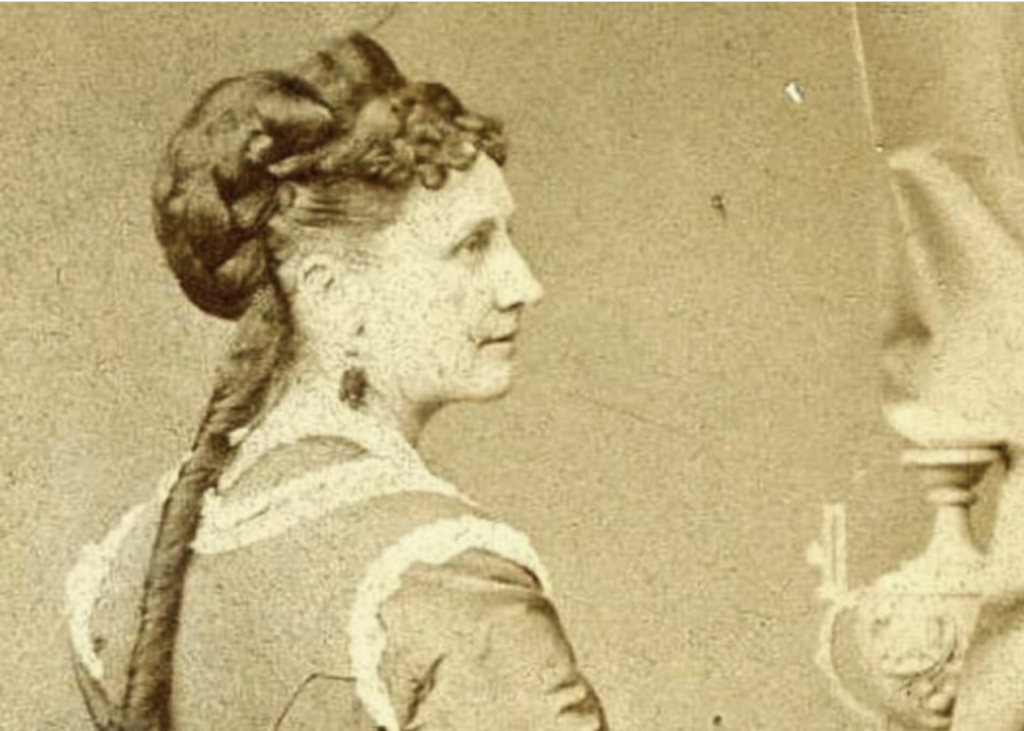How long have we ignored the science of climate change?
We’ve known about climate change and what causes it for a long time.
In fact, the first experimental observations of the effects of greenhouse gases were made by a female scientist, Eunice Foote, in 1856. In that year, she gave a talk at an American science meeting in which she described how glass jars containing different concentrations of water vapour, carbon dioxide and air heated up at different rates in the sun. Her research brought her to speculate that higher concentrations of carbon dioxide in the air could influence global temperatures.

Despite Eunice Foote’s discoveries Irish physicist, John Tyndall, is generally given the credit for first describing the 'Greenhouse Effect', in 1859. He published a series of studies showing how greenhouse gases such as carbon dioxide trapped heat in the Earth’s atmosphere.
In the 1950s and 1960s, scientists were developing a better understanding of what might be ahead of us in terms of climate change. Nobel Prize winning chemist, Glenn T. Seaborg warned in 1966 of a looming crisis, saying: "At the rate we are currently adding carbon dioxide to our atmosphere (six billion tons a year), within the next few decades the heat balance of the atmosphere could be altered enough to produce marked changes in the climate - changes which we might have no means of controlling”. In the 1950s, the New York Times reported that more carbon dioxide in the atmosphere “generated by man” was warming the climate.
In the 1970s the first global climate models were developed. They showed that it was impossible to increase carbon dioxide in the earth’s atmosphere and not have a global rise in temperature. In the 1980s, drilling ice cores deep into the Greenland and Antarctic ice allowed scientists to study bubbles of ancient air trapped there for thousands of years. This showed scientists that carbon dioxide concentrations in the Earth's atmosphere were historically much lower. This information helped confirm a remarkably consistent relationship between carbon dioxide in the atmosphere and Earth’s temperature.
In 1988, NASA scientist, James Hansen famously testified to the US Congress that “the greenhouse effect is here” and that “global warming has begun”. That same year, the Intergovernmental Panel on Climate Change (IPCC) was formed by the United Nations Environment Programme and the World Meteorological Organisation to study and report on climate change and its solutions. The IPCC and its thousands of scientists have since written numerous detailed reports on climate change, its impacts, and possible solutions. In 2007 it was awarded the Nobel Peace Prize for “efforts to build up and disseminate greater knowledge of man-made climate change, and to lay the foundations for the measures that are needed to counteract such change”. Today, more than 99% of scientists agree that global warming is anthropogenic – that is, caused by humans.
Despite centuries of science and decades of increasing evidence on the causes and consequences of climate change, plus growing consensus on the actions needed to mitigate it, there is one clear and crucial piece of evidence on the way humans have not dealt with the problem - and that is how carbon dioxide levels in the atmosphere keep rising. Carbon dioxide in the atmosphere was around 280 parts per million (ppm) in pre-industrial times (before we started burning a lot of fossil fuels). Today they are 420 ppm, and climbing.

The current amount is slightly higher than shown here. (Source: NASA)
This is not to say that we have ignored the science of climate change entirely. Some really important landmark decisions have been made on the strength of climate science – for example, the 2015 Paris Agreement where countries agreed to keep global temperature rise to no more than 2°C and to make the best efforts to keep it below 1.5°C. Climate scientists have been increasingly been sounding the alarm on the consequences of inaction. The IPCC’s Sixth Assessment report is the clearest yet on physical science behind climate change and warns of the severe consequences of not drastically cutting greenhouse gases this decade. The UN COP26 Climate Conference in Glasgow is now a crucial opportunity for policy makers to show they can finally take transformational action based on our very clear scientific understanding of climate change.











